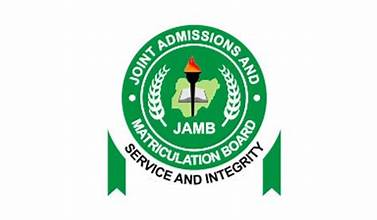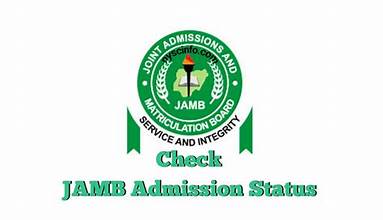JAMB Cutoff Mark vs Institutional Cutoff Mark: Neverending Issue

JAMB Cutoff Mark vs Institutional Cutoff Mark – The Joint Admissions and Matriculation Board (JAMB) had sparked mixed reactions with its decision to set the minimum cutoff mark for university admissions in Nigeria at 140 at the start of the 2022/2023 academic year.
This move had raised concerns among stakeholders in the education sector, highlighting a significant debate between the JAMB cutoff mark and institutional cutoff marks. Let’s delve into this contentious issue and explore the implications of these cutoff marks on the Nigerian education system.
Read: GoPius JAMB Online Tutorials For A Successful Examination Result
What is the JAMB Cutoff Mark?
The JAMB cutoff mark, as set by the examination body, serves as the minimum score required for admission into universities, polytechnics, and colleges of education. Since the 2022/2023 academic year, JAMB established the cutoff mark at 140 for universities, with 100 as the benchmark for polytechnics and colleges of education.
This decision has been met with criticism and support, reflecting divergent views on the impact of such cutoff marks on the quality of education in Nigeria.
Institutional Cutoff Mark
While JAMB sets a national minimum cutoff mark, individual higher institutions have the autonomy to determine their specific cutoff marks for admission. This flexibility allows universities and colleges to establish their own standards based on their unique criteria and academic requirements.
Despite the national benchmark, institutions can set cutoff marks higher than JAMB’s stipulation, ensuring that they maintain their academic standards and select students who meet their specific entry requirements.
The Debate: Quality vs. Access
The debate surrounding JAMB cutoff marks versus institutional cutoff marks revolves around the balance between ensuring access to higher education and maintaining academic excellence.
Critics argue that lowering the cutoff marks may compromise the quality of education by admitting students who score below traditional standards. Concerns have been raised about the potential impact on the competence of graduates and the overall educational standards in the country.
Implications for Education System
The decision to set the JAMB cutoff mark at 140 has raised questions about the effectiveness of the examination system and the preparedness of students for tertiary education. Stakeholders have expressed worries about the devaluation of education standards, the pressure on educators, and the potential consequences of admitting students with lower scores into universities.
This move has also highlighted broader issues within the education sector, including the impact of external factors like the COVID-19 pandemic and academic disruptions on student performance.
Conclusion
The debate between JAMB cutoff marks and institutional cutoff marks underscores the complex dynamics of the Nigerian education system. While JAMB plays a crucial role in standardizing admission criteria, the autonomy of institutions to set their cutoff marks reflects the diversity and independence of higher education in the country.
Balancing access to education with maintaining academic rigor remains a key challenge for policymakers, educators, and stakeholders as they navigate the evolving landscape of admissions and educational standards in Nigeria.
In light of these discussions, it is imperative for all stakeholders to engage in constructive dialogue and collaborative efforts to address the challenges facing the education sector and ensure the continued growth and development of Nigeria’s academic landscape.





